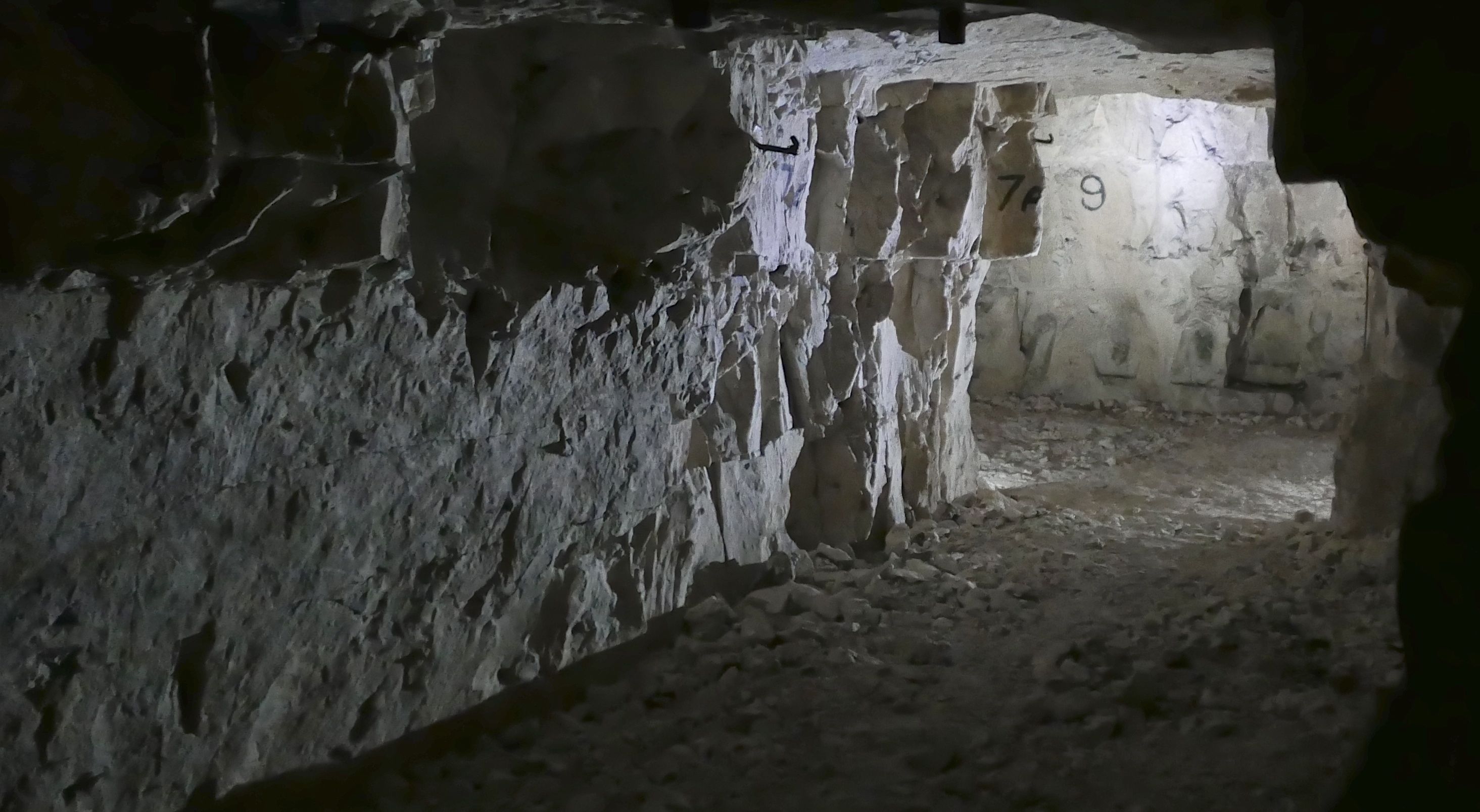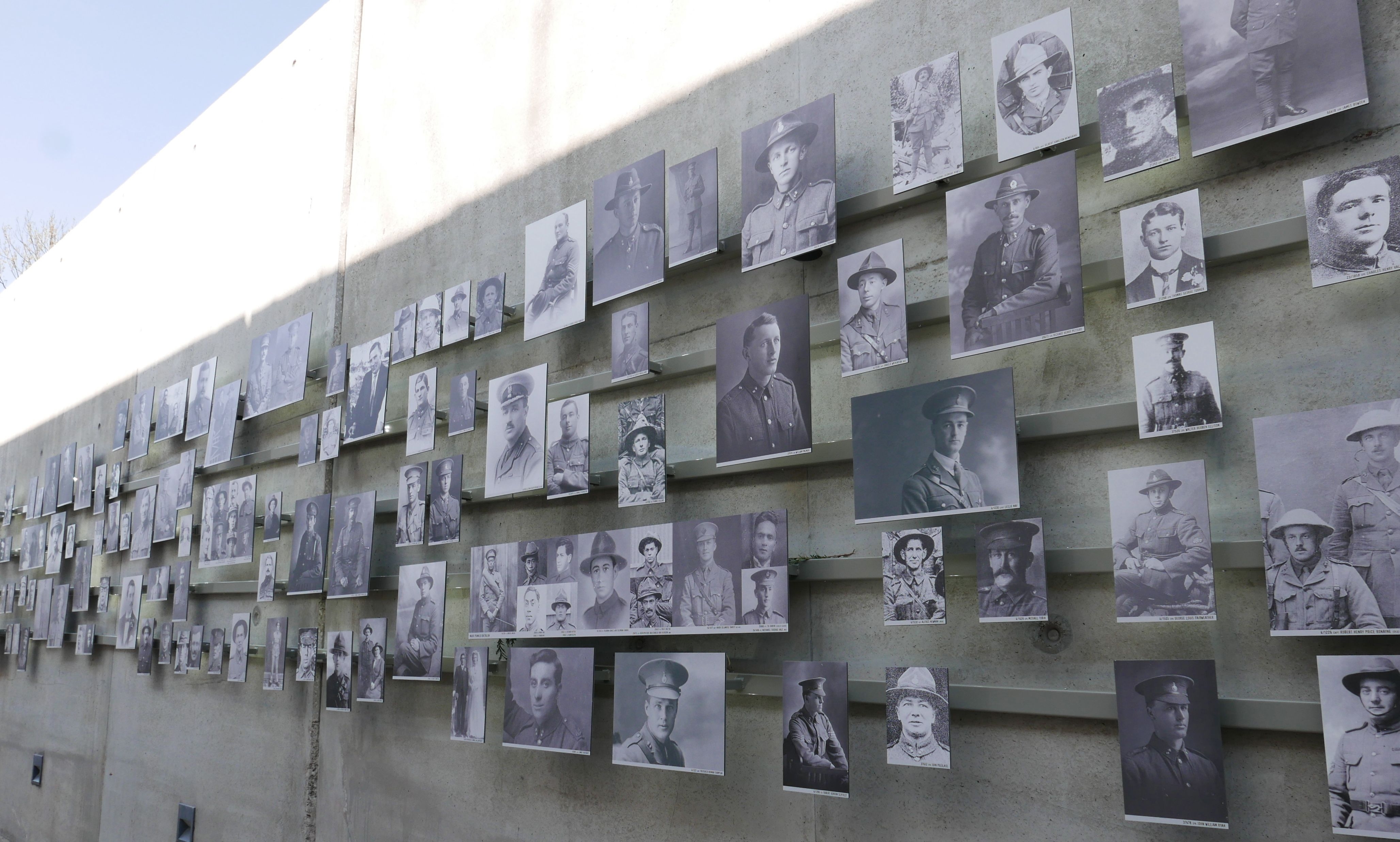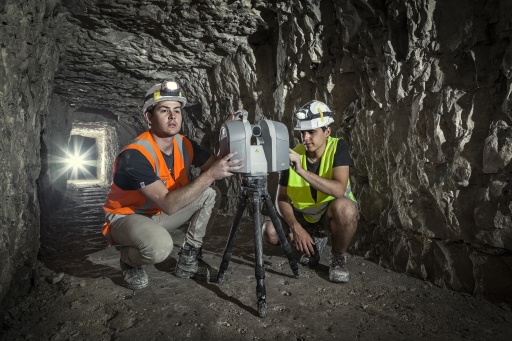Surveyors from the University of Otago have carried out a complex study of the First World War tunnels dug beneath Arras by New Zealand troops.
A huge amount of data has been handed to the French city as part of commemorations marking the Centenary of the Battle of Arras, the spring 1917 offensive which opened with Allied troops mounting a surprise attack from underground shelters.
The aim now is to create a three-dimensional tour of the labyrinth, opening it up to ‘virtual’ visitors and helping conservation efforts.
The caves and tunnels hold huge significance for New Zealanders as a ‘permanent but unseen’ memorial to the New Zealand Engineers Tunnelling Company, says Dr Pascal Sirguey, Senior Lecturer in the University of Otago’s School of Surveying.
Working with British forces, the tunnellers linked a maze of cellars and disused quarries below the streets of Arras to create a 19-kilometre network of shelters hiding thousands of soldiers from German view.
The University of Otago team have used the latest technology to record as much of the complex in the Ronville district as possible ‘so that distance, time and decay don’t rob us of this memorial’.
 Part of the Ronville tunnel system, accessible by visitors to La Carrière Wellington – Wellington Tunnels Museum, Arras (Photo: Centenary News)
Part of the Ronville tunnel system, accessible by visitors to La Carrière Wellington – Wellington Tunnels Museum, Arras (Photo: Centenary News)
Dr Sirguey has handed over three terabytes (3,000 gigabytes) of surveying data – including billions of survey points collected with a terrestrial laser scanner and accompanying animations of the tunnels.
Back at the university in Dunedin, another phase of the project is under way.
Damien Houvet, a senior surveying student from the École Supérieure des Géomètres et Topographes in the French city of Le Mans, is now working on plans to turn the data into a three-dimensional tour of the network.
When finished, this will allow anyone to make a ‘virtual visit’ of the chalk tunnels, with interpretation provided ‘in a very modern way.’
“One of the things you can do with the virtual environment is start to add tags or keypoints, where you might be ‘walking’ along a hallway or a tunnel and there’ll be a numbered tag or box, and if you click on the box information or a photo will come up,” expains Richard Hemi, another member of the surveying team.

New Zealand’s tunnellers, commemorated in a new photo gallery unveiled at Carrière Wellington for the 100th anniversary of the Battle of Arras (Photo: Centenary News)
The Ronville network is best known as the site of La Carrière Wellington, the museum dedicated to the New Zealand tunnellers, that gives visitors the chance to descend 20 metres to see part of the network for real.
Seven of the tunnellers were graduates or staff from the former Otago School of Mines.
New Zealand place names and other graffiti were etched into the chalk as a guide to the tunnels and reminders of home.
The system is a monument that has a ‘real New Zealand signature to it’, says Richard Hemi.
“This spatial documentation is a fantastic opportunity not only to preserve it, but to then lead on to that further interpretation of that story and history, in a very modern way.”
For more about the project, see LiDARRAS-University of Otago.
Source: University of Otago, Dunedin
Images courtesy of Ian Alderman/University of Otago (survey team); Centenary News (Carrière Wellington)
Posted by: CN Editorial Team
Centenary News reported from the dawn tribute to the tunnellers at the Battle of Arras Centenary commemorations on 9 April 2017.
